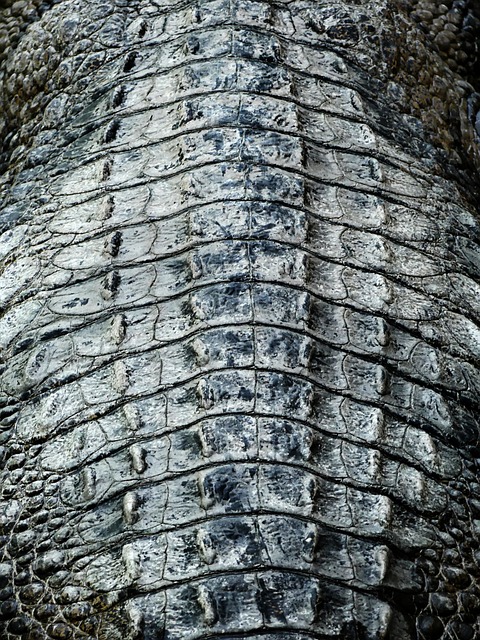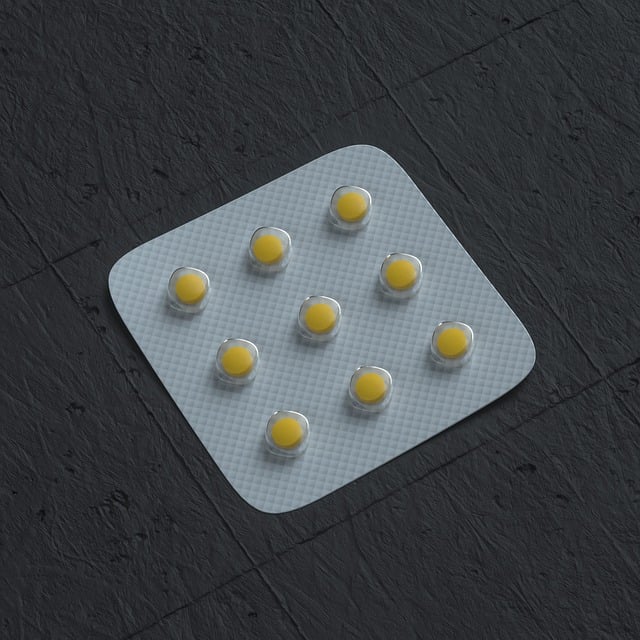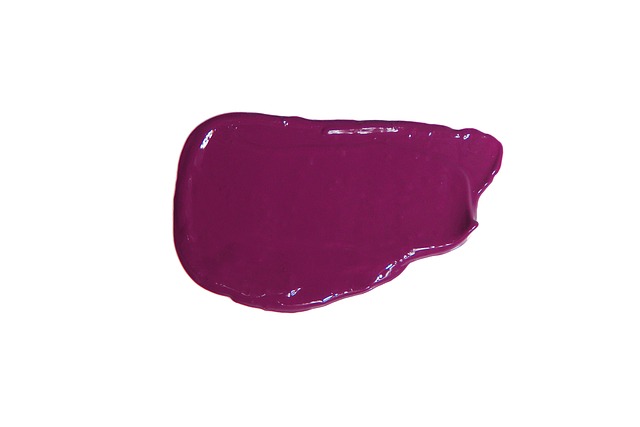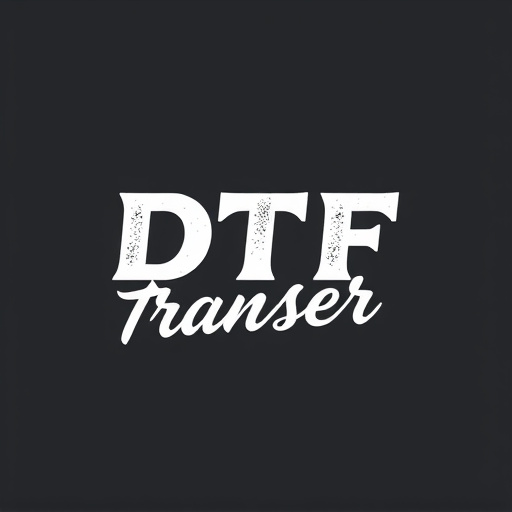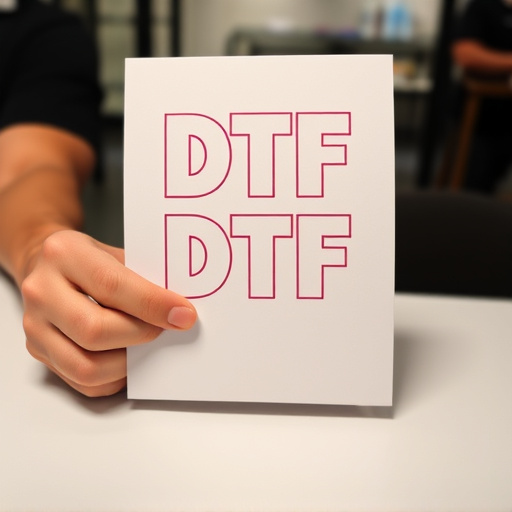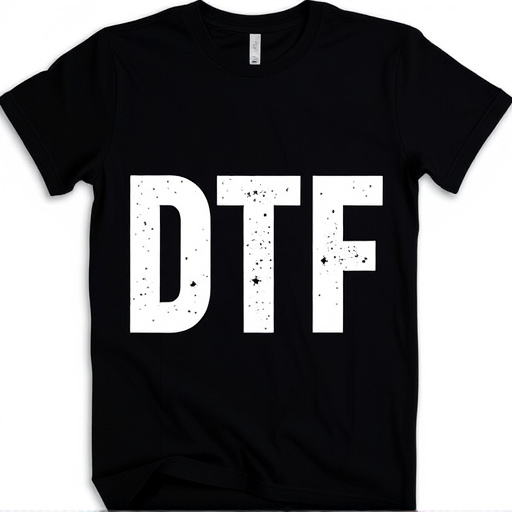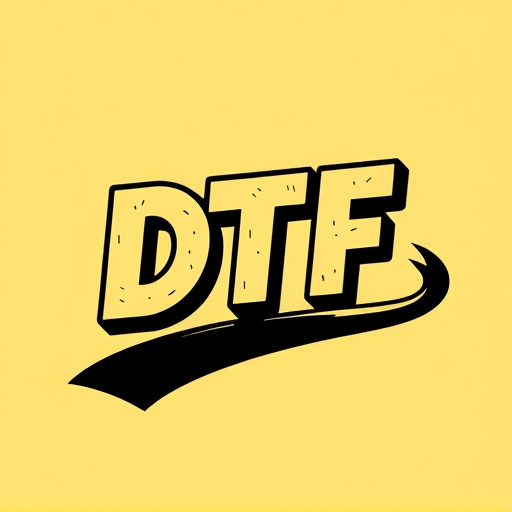Direct-to-film (DTF) printing is a user-friendly method for hobbyists and artisans to create high-quality prints on various materials. Using a simple process involving image transfer to film and application with heat and pressure, DTF offers precise, vibrant designs with minimal setup. Beginners should focus on design preparation using vector graphics and select compatible films and inks. The versatile process allows experimentation across diverse surfaces, making it popular for personalized fashion and home decor creations. Mastering DTF transfers at home requires knowledge, preparation, and patience, but the result is a unique way to bring artistic visions to life.
Unleash your creativity with Direct-to-Film (DTF) transfer—a game-changing technology for hobbyists and artisans. This beginner’s guide explores the benefits of DTF for enhancing your craft, from personalized gifts to unique art pieces. Learn how to choose the right materials, master a step-by-step process, and discover creative applications. By following tips and tricks, you’ll be making stunning DTF prints at home, opening up a world of artistic possibilities.
- Understanding Direct-to-Film (DTF) Transfer: A Beginner's Guide
- Benefits of DTF for Hobbyists and Artisans
- Choosing the Right Materials for DTF Printing
- Step-by-Step Process of Creating DTF Prints
- Creative Applications of DTF Technology
- Tips and Tricks for Mastering DTF Transfers at Home
Understanding Direct-to-Film (DTF) Transfer: A Beginner's Guide
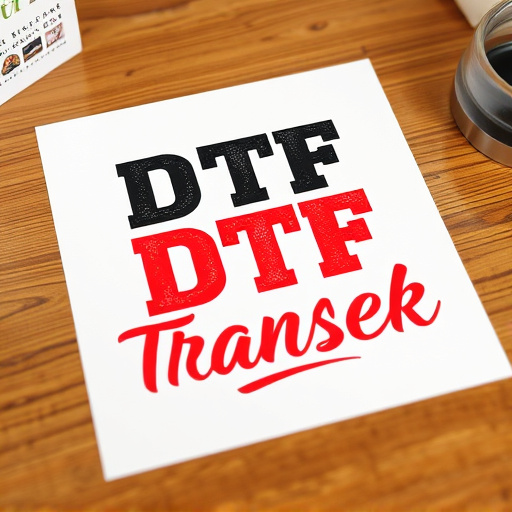
Direct-to-film (DTF) transfer is a cutting-edge printing method that allows hobbyists and artisans to create stunning, high-quality prints directly on various materials, from t-shirts to ceramics. Unlike traditional printing techniques that require separate inks and surfaces, DTF involves transferring an image onto a film, which is then pressed onto the desired substrate using heat and pressure. This process offers a seamless and precise way to achieve intricate designs with vibrant colors.
For beginners, understanding the DTF transfer process starts with preparing your design. Vector graphics are often preferred as they ensure crisp lines and sharp details when printed. Converting your artwork into a format compatible with DTF printers is key. The film, once prepared, acts as a carrier, enabling you to experiment with diverse surfaces and mediums. This versatility makes DTF an exciting choice for hobbyists eager to explore creative avenues, offering endless possibilities for personalized and unique creations, from fashion to home decor items.
Benefits of DTF for Hobbyists and Artisans

Direct-to-film (DTF) printing offers a host of advantages for hobbyists and artisans looking to bring their creative visions to life. One of its key benefits is accessibility; DTF Transfer technology allows individuals to produce high-quality, intricate designs on a variety of materials without requiring advanced equipment or expertise. This democratizes the creation process, enabling anyone with an idea to turn it into a tangible product.
Additionally, DTF Printing provides a level of versatility that caters to diverse artistic styles and applications. Whether you’re an amateur crafter producing personalized gifts or a seasoned artist looking to explore new mediums, DTF allows for precise, detailed prints on surfaces like wood, fabric, and even metal. This flexibility fosters creativity and opens doors to unique artistic expressions, making DTF a compelling option for hobbyists and artisans alike.
Choosing the Right Materials for DTF Printing
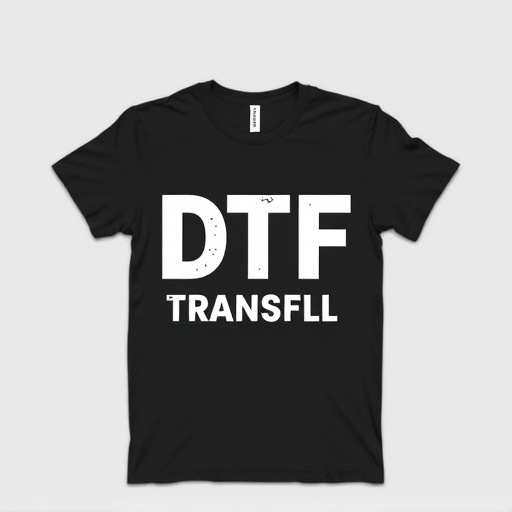
When exploring DTF (Direct-to-Film) printing for hobbyists and artisans, selecting the appropriate materials is a crucial step to ensure top-quality results. The first consideration is choosing the right film or transfer paper designed specifically for DTF printing. Look for papers that offer excellent opacity to prevent ink bleeding and provide a smooth surface for accurate image reproduction. These papers are typically made from durable materials like polyester or high-quality vinyl, ensuring longevity for your DTF prints.
Additionally, selecting compatible inks is essential. DTF transfer inks come in various types, each with unique characteristics. For example, eco-solvent and UV inks offer vibrant colors and fast drying times, making them ideal for a range of applications. Consider factors like desired color vibrancy, printing speed, and the environmental impact when choosing your ink, aligning it with your specific project needs and personal preferences.
Step-by-Step Process of Creating DTF Prints
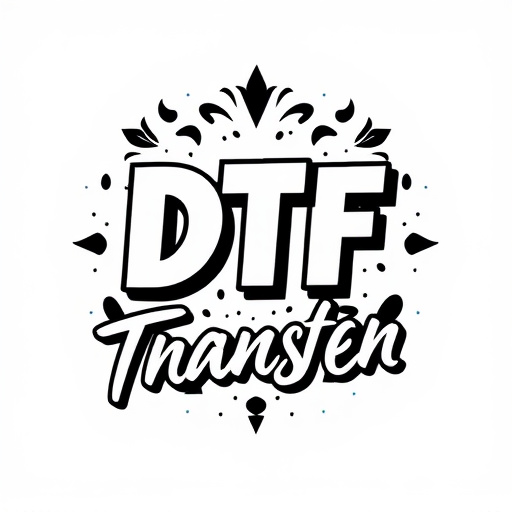
Creating Direct-to-Film (DTF) prints is an accessible and exciting method for hobbyists and artisans to bring their designs to life. The process involves several straightforward steps, allowing artists to transform their digital creations into tangible, high-quality art pieces.
First, prepare your design by ensuring it’s in a suitable format and resolution for printing. Convert it to a vector graphic if necessary, as this will provide the best results for DTF transfers. Next, choose the right DTF transfer film, which is designed to accept inkjet printing. Place the film on a flat surface, then position your design face-down onto the film, aligning it carefully with the print head. Once secured, feed the film into your printer and initiate the print job. After printing, carefully remove the film, and you’ll have your DTF transfer ready for application to various surfaces like fabric, wood, or metal.
Creative Applications of DTF Technology
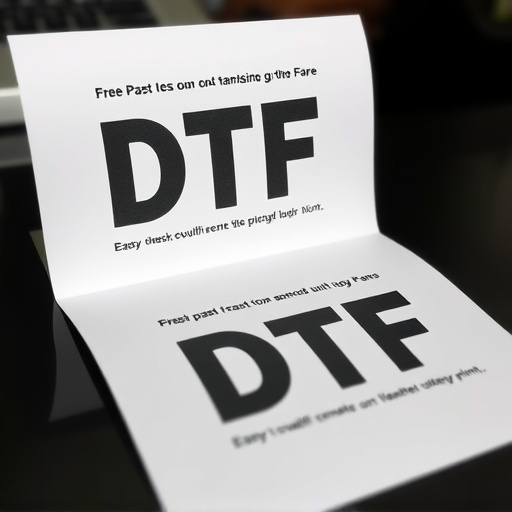
Direct-to-film (DTF) technology opens up a world of creative possibilities for hobbyists and artisans, allowing them to transform their ideas into tangible, high-quality products with ease. One of its standout applications is in custom DTF transfers, where intricate designs can be easily printed on various materials like fabric, wood, or metal. These transfers enable creators to add personalized touches to their crafts, from designing unique t-shirts and accessories to enhancing furniture pieces with elegant patterns.
DTF printing also facilitates the mass production of small-batch goods, making it ideal for artisans looking to scale up their businesses. Its versatility extends to creating custom stickers, decorative labels, and even intricate engravings on metal or wood. The direct application of designs onto films before transfer ensures precision and detail, resulting in stunning DTF prints that bring artistic visions to life.
Tips and Tricks for Mastering DTF Transfers at Home
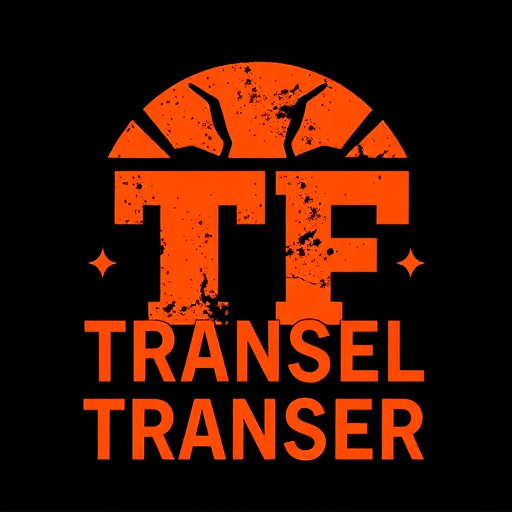
Mastering Direct-to-Film (DTF) transfers at home is an art in itself, but with some tips and tricks, it can become more accessible for hobbyists and artisans. The key lies in understanding your equipment and choosing the right materials. Invest in high-quality DTF films and printers compatible with your desired design software. Calibration is crucial; ensure your printer is properly set up to achieve accurate color reproduction and precise registration.
Preparation is vital. Clean your work area thoroughly and prepare your designs ahead of time, ensuring they are optimized for DTF printing. Use vector graphics whenever possible as they offer better detail and clarity. Consider testing on scrap materials first to get a feel for the process and make adjustments accordingly. Patience is essential; allow ample drying time between layers and follow manufacturer guidelines for optimal results.

